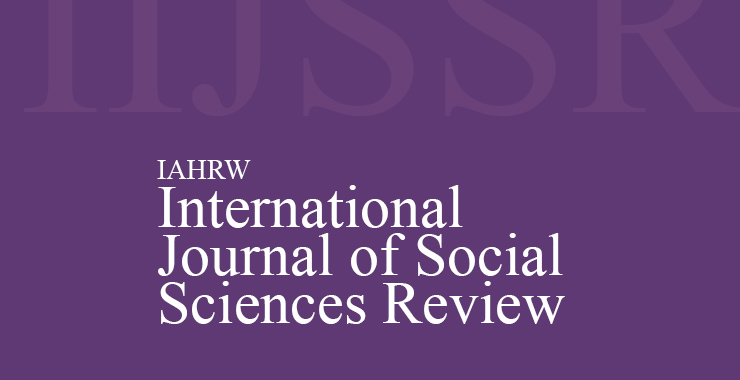Assessment of Primary Sources of Food Procurement among Rural Households: A Socio-economic Perspective
Original price was: ₹ 201.00.₹ 200.00Current price is: ₹ 200.00.
Page: 380-383
Rekha Yadav and Urvashi Nandal (Department of Foods and Nutrition, College of Community Sciences, CCS HAU, Hisar, Haryana)
Description
Page: 380-383
Rekha Yadav and Urvashi Nandal (Department of Foods and Nutrition, College of Community Sciences, CCS HAU, Hisar, Haryana)
This study investigates the primary sources of food procurement among rural households. Four hundred rural households were selected from the Mahendergarh district of Haryana. The data was collected by face to face interview using a cross-sectional survey method across selected rural areas. It was found that most (98.25 %) of the rural household heads were male. Only 1.75 per cent heads were female. Majority (78.25%) of rural households depend primarily on subsistence farming as their primary food source and the majority, 75.75 per cent of rural households, procure more than 75 per cent of their food from their farm or garden, indicating a high level of self-sufficiency. Rural households with limited economic resources and smaller landholdings showed a dependency on government-supported programs such as the Public Distribution System (PDS). Although rural households primarily rely on self-production for their food needs, many still experience micronutrient deficiencies, largely due to limited cultivation and availability of fruits and vegetables. In contrast, economically better-off and agriculturally intensive households tend to obtain food both through subsistence farming and supplemental purchases from local markets, allowing for more dietary diversity. These findings highlight the importance of developing food security strategies that are tailored to local contexts, taking into account both economic constraints and the accessibility of diverse food procurement sources.

